“Bałtyk Confectionery Factory” [Zakłady Przemysłu Cukierniczego “Bałtyk”], commonly called “Bałtyk”, was established in 1951 from the merger of the pre-war chocolate factories and manufactories Anglas, Kosma and Baltic. To this day, we remain faithful to the traditional art of confectionery manufacturing. We are proud to combine the entrepreneurial heritage of old Gdańsk with the challenges of the modern world. Our company is famous for the production of chocolates, pralines, liqueur filled candy, dragees, and caramels.
PREHISTORY
PREHISTORY
Since the mid-19th century, the culture of drinking and eating coffee and chocolate began to develop in Gdańsk. Cocoa beans and chocolate itself were treated not only as a stimulant but also as a medicine. The sweet spots of Gdansk at that time were chocolate factories (set up in large numbers in the 1920s). These also included charming cafes run in the Viennese or Parisian style.
1923 – A new chocolate factory is opened in Gdansk: The Anglo-Asiatic Company Ltd, called Anglas since 1930. Anglas’s products were manufactured in its own plants at Zimmerstraße 8 (today Droszyńskiego Street – current seat of the Confectionary Industry Plant “Bałtyk”) in Oliwa. Chocolate products were produced in small, one-storey buildings, including dessert, milk, dark and nut chocolates; tea was also packed in elegant tin boxes and exported to the world, including Poland (the boxes had Polish inscriptions) as well as cocoa for children. In a very short time the company became the largest chocolate factory in Gdansk. It made huge profits and its fame reached far beyond the borders of the Free City. Undergoing various vicissitudes, changes of owners, the period of World War II, the factory operated until 1944.
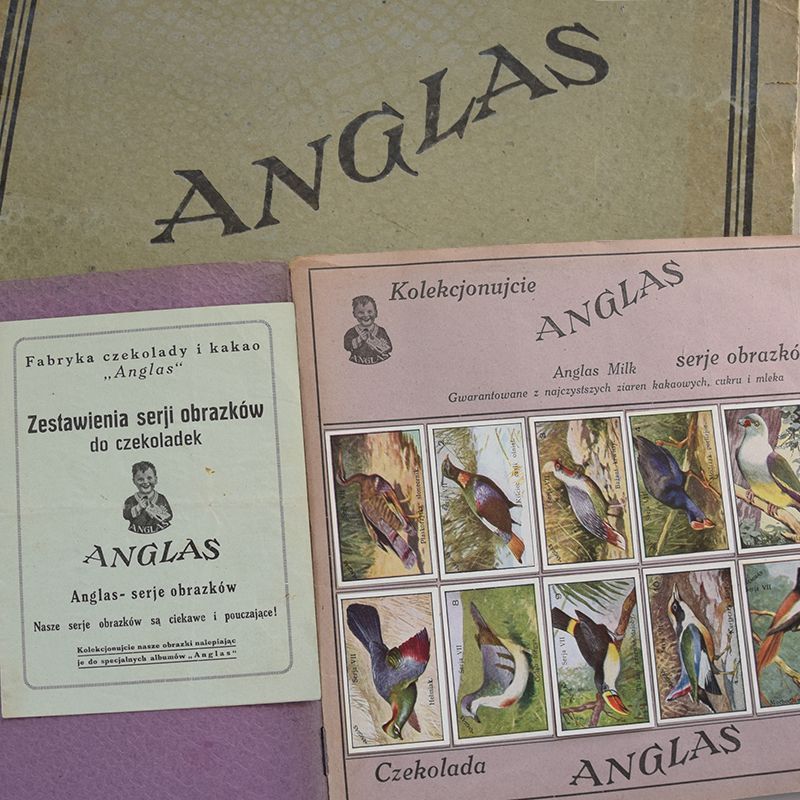
AFTER THE WAR
AFTER THE WAR
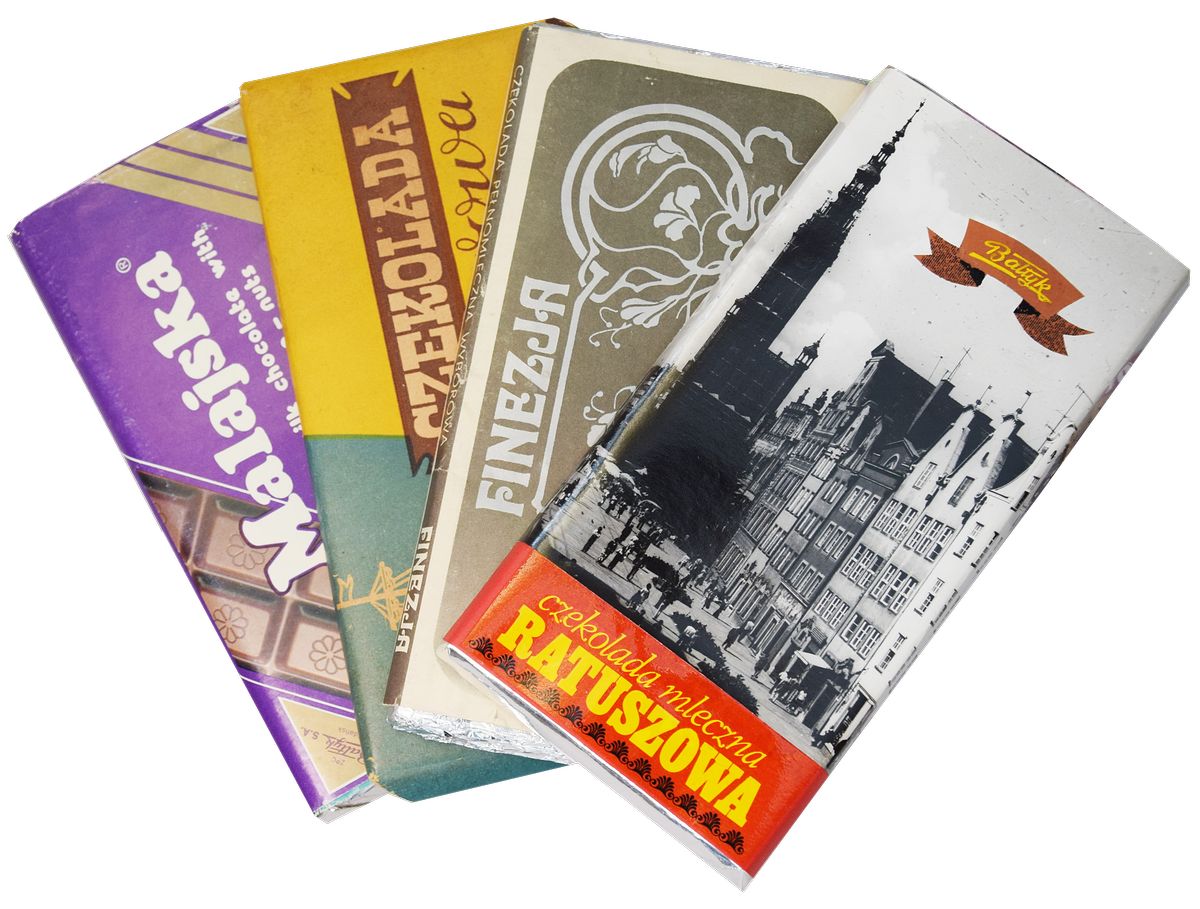
1949 – Chocolate returned to Droszyńskiego Street, at which time the Gdansk United Sugar and Chocolate Factories were established. They consisted of the former Anglas plant (as Plant No. 1), the Baltic company (Plant No. 2) and Kosma (Plant No. 3) in Wrzeszcz. The plant in Oliwa produced, as it did before the war, milk and dessert chocolates (including the Finezja, Admirał and Ratuszowa brands) and chocolate candies.
Plant No. 2, the former Baltic was located in the building at 161 Grunwaldzka Street (today there is a Lidl shop in its place); it specialized in production of the so called eastern sweets: halva, sesame candy, Crimean bar and jellies, chocholate covered marshmallows and the so called soft candies.
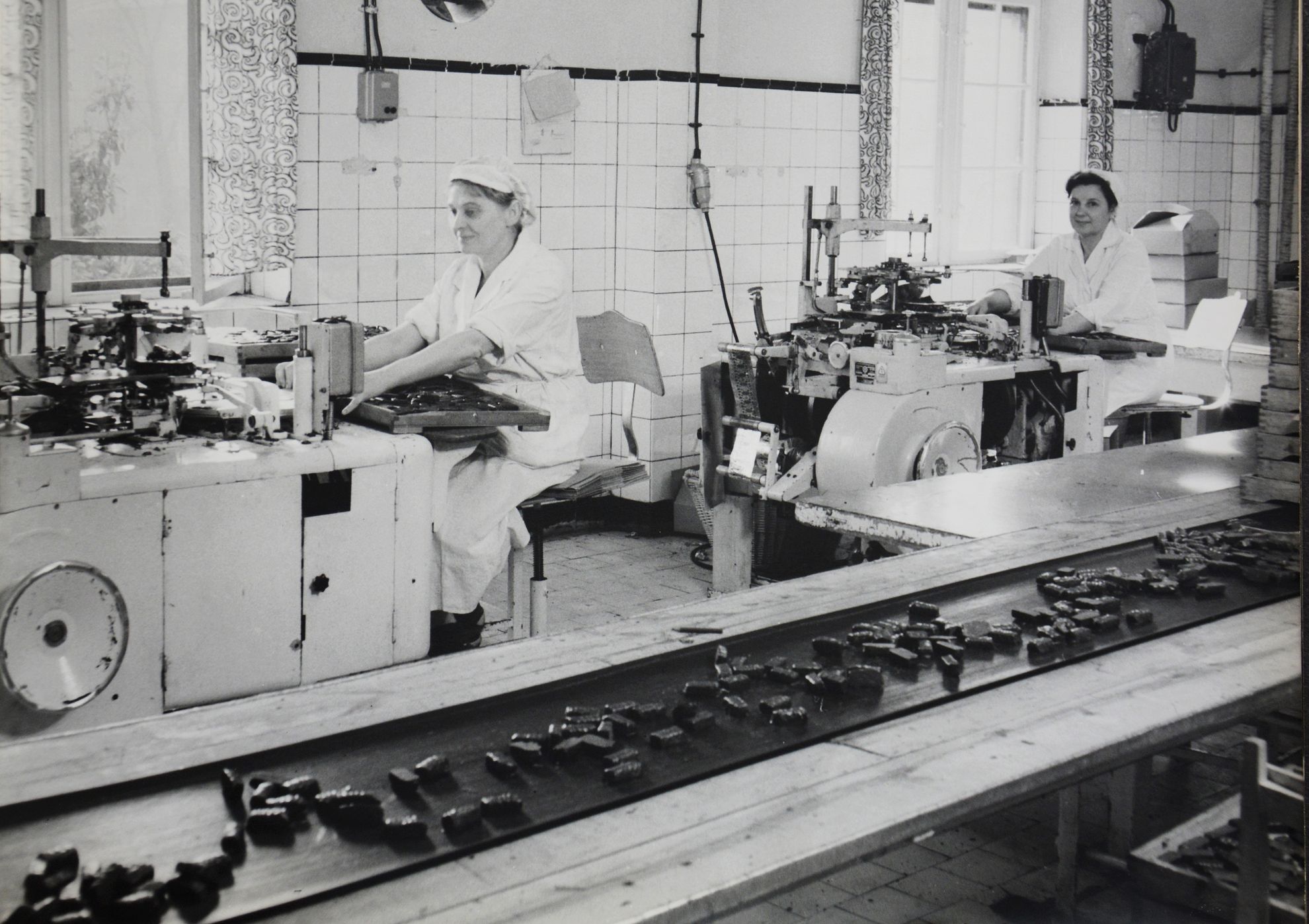
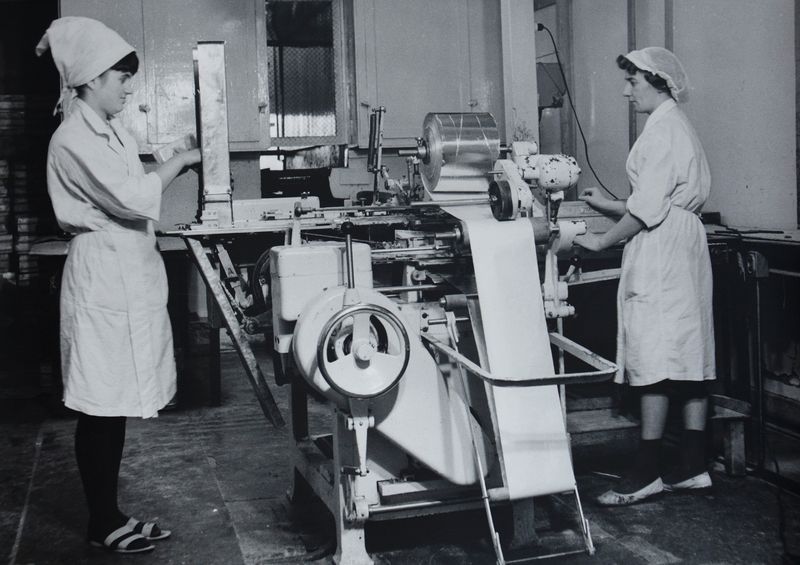
In Plant No. 3 (formerly Kosma – now occupied by Bałtycka Shopping Center) hard candies were produced: drops, lollipops, caramels and toffees.
.
1951 – the former factories of Anglas, Baltic and Kosma were nationalized as “Bałtyk” Confectionary Works. In 1977, a small confectionary factory from Gdynia-Chylonia was incorporated into the “Bałtyk” Works as Plant No. 4. The factory produced, among others, the famous “auto-café” sweets, candies with added caffeine intended for drivers on long journeys.
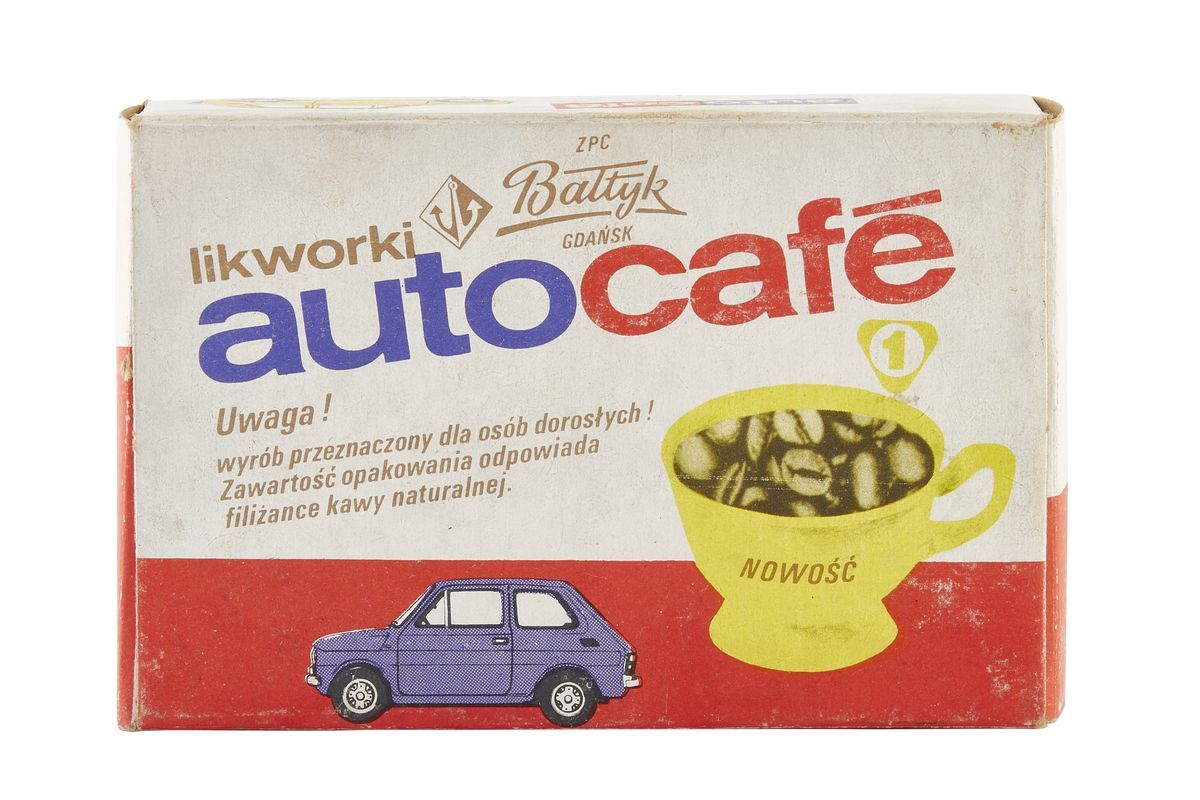
TODAY
TODAY
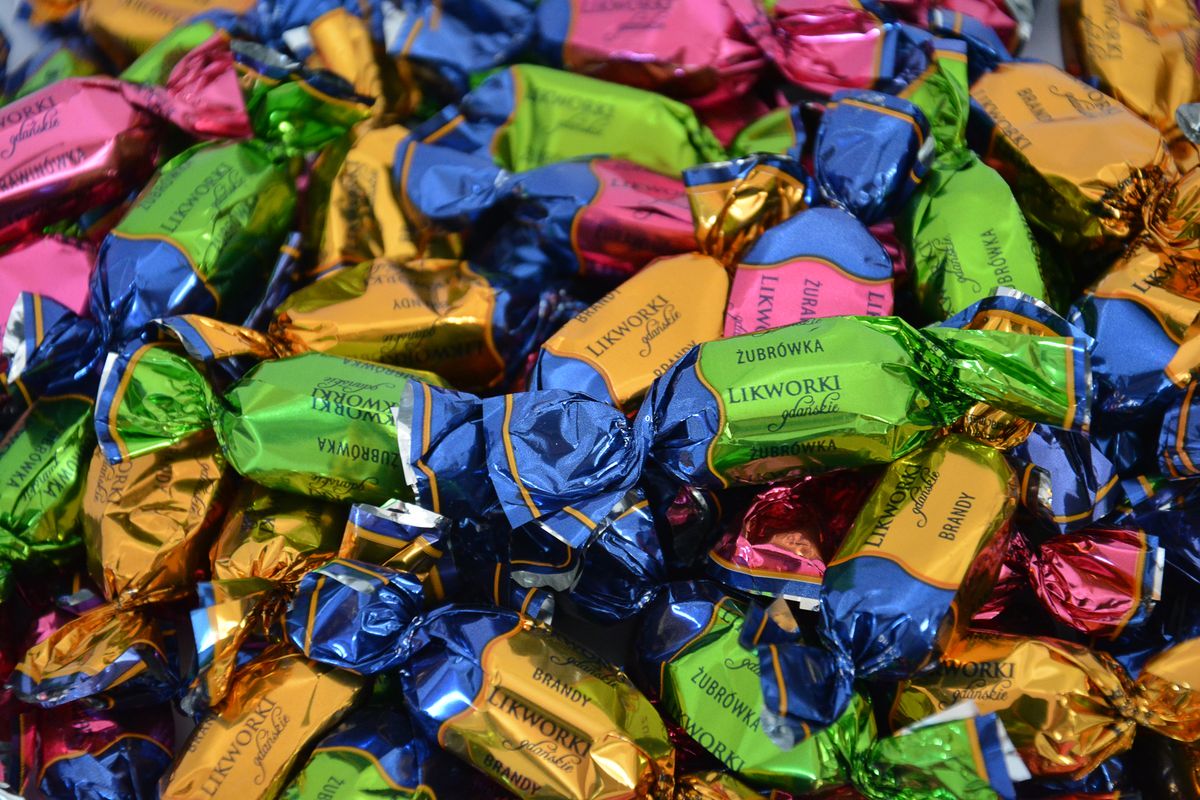
1991 – as a result of ownership transformations, “Bałtyk” Confenctionary Works became a joint stock company. 1992 – majority of shares in “Bałtyk” Confenctionary Works were taken over by the Finnish concern Fazer, which started production under the name “Fazer Polska” in three plants in Oliwa and Wrzeszcz from 1993. The previously known and valued traditional “Bałtyk” products were withdrawn and replaced with products made according to Scandinavian recipes. In 2002 the company changed its name to “Cloetta Fazer Polska” and in March 2005 ceased production.
2005 – the last preserved Plant No. 1 was purchased by a Polish company “Bomilla” from Włoclawek. The new owners restored its name “Bałtyk”, returned to the traditional recipes and products, and started the production of new sweets. For more than 10 years Bomilla and Baltyk functioned as part of a corporate group.
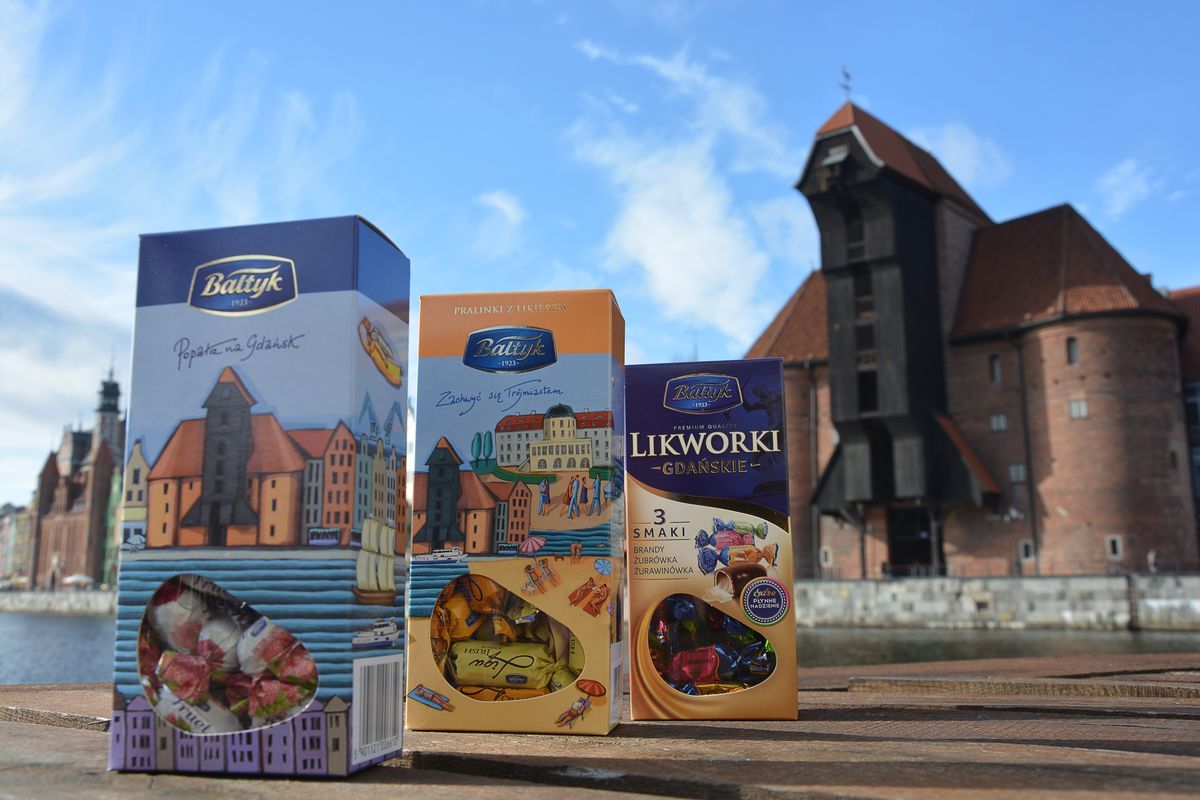
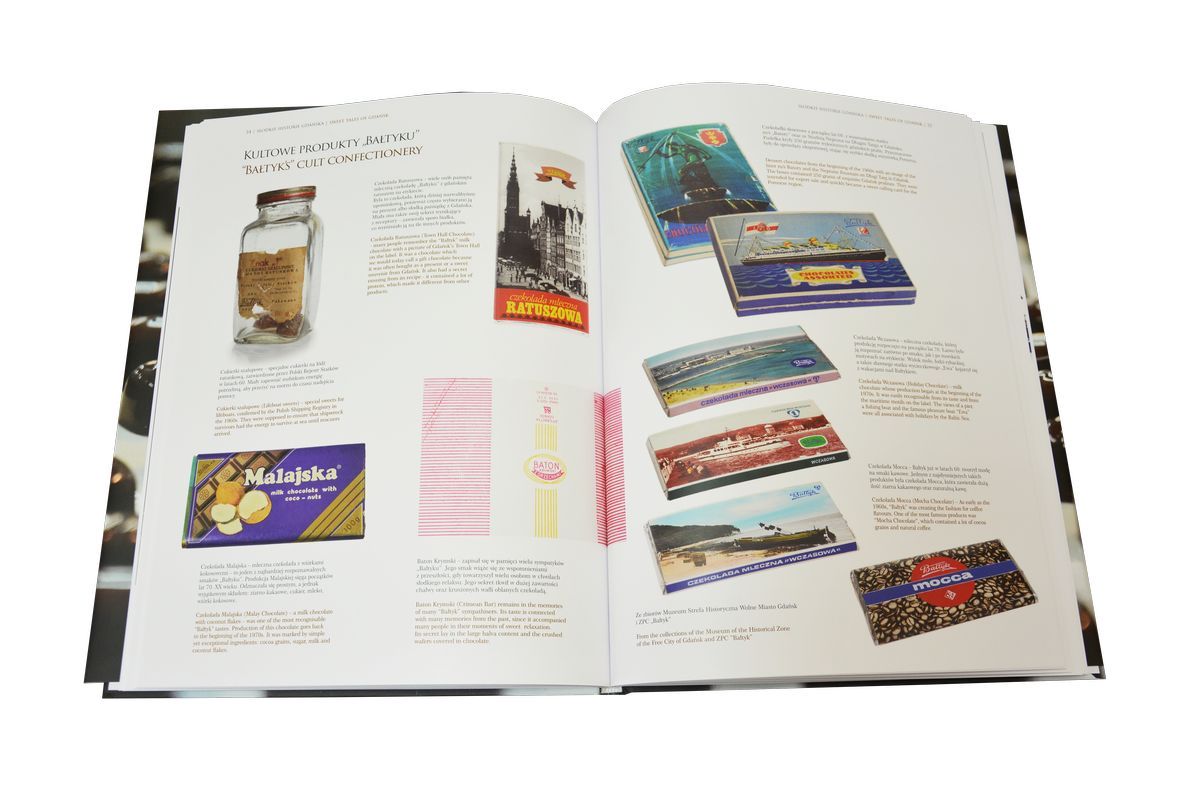
2016 – they were merged to form “Bałtyk” Confectionary Works as a single and coherent company based entirely on Polish capital. In Włocławek, two factories produce toffis and drops. All kinds of chocolate delicacies are made in Gdansk, on the other hand – like in the times of the “Anglas” factory in 1923.